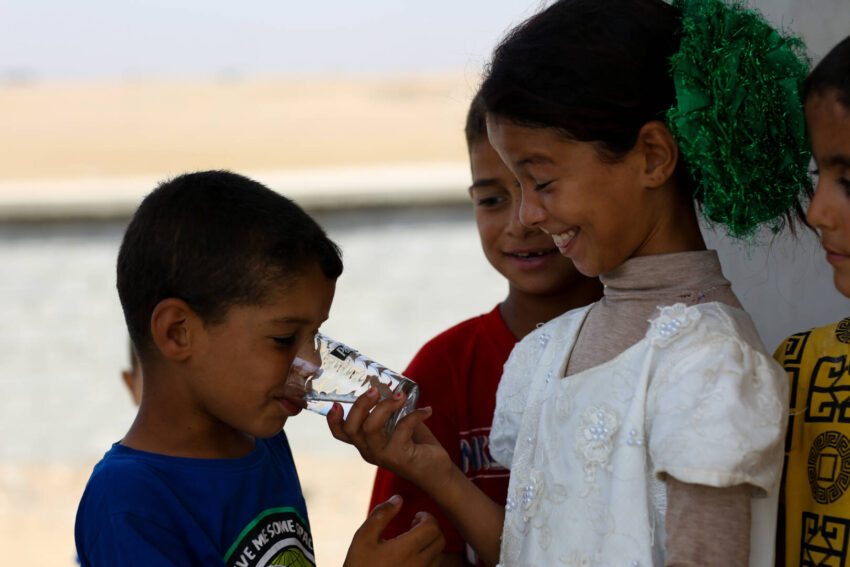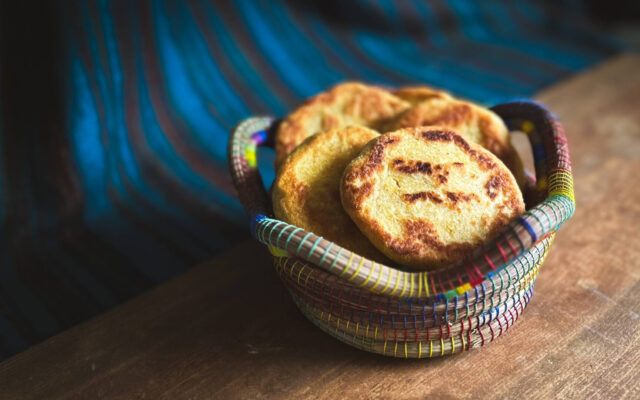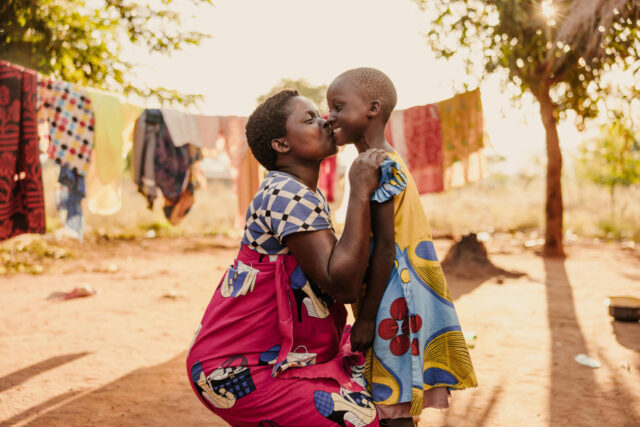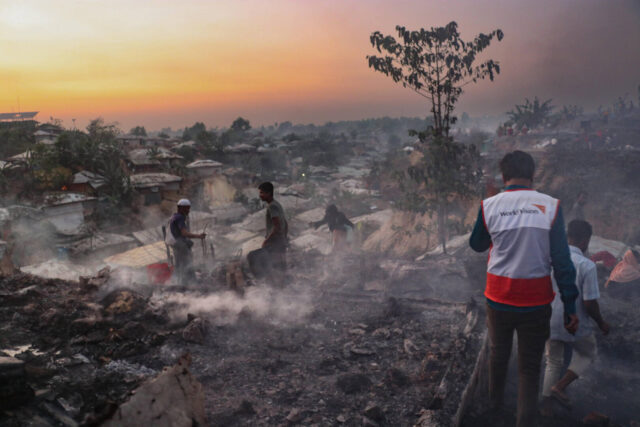As Iraq enters a post-conflict period of recovery, its political, social, and economic instability continue to make it one of the world’s most fragile contexts. After years of war, a collapse in oil prices, and the COVID-19 pandemic, progress has been slow and reconstruction projects remain incomplete, hampering many Iraqis’ ability to return home.
FAQs: What you need to know about humanitarian needs in Iraq
Explore facts and frequently asked questions about the humanitarian crisis in Iraq, and learn how you can help Iraqis in need:
- Fast facts: What is happening in Iraq?
- How many Iraqis need help today?
- Why did Iraqis flee from their homes?
- How many Iraqis were displaced?
- How many people in Iraq remain displaced?
- How many displaced people have returned to their communities?
- How has the Iraq conflict affected children?
- What are the greatest needs of those displaced in Iraq?
- What is World Vision doing to help?
- How can I help Iraqis and Syrians in need?
- Timeline of the Iraq conflict
Fast facts: What is happening in Iraq?
Iraq is reclaiming territory and yet faces internal conflict and a long road to recovery. Explosives and debris must be cleared from areas that have been retaken so that water and electric services can be restored.
- At least 2.5 million people need humanitarian assistance. Of those, 1.1 million are children,
- More than 258,000 Syrian refugees are in the Kurdistan of Iraq, making life more challenging in host communities with limited resources.
- About 3.2 million Iraqi children are out of school, according to UNICEF.
- As of September 7, 2022, COVID-19 has sickened more than 2.4 million people and claimed the lives of 25,348, according to the World Health Organization (WHO).
Help provide emergency aid to children and families displaced in Iraq.
How many Iraqis need help today?
At the start of 2022, at least 2.5 million people — including 1.1 million children — needed humanitarian assistance. This included 960,000 people — over 422,000 of them children — who were in acute need of emergency food, shelter, access to clean water, sanitation, and essentials.
Why did Iraqis flee from their homes?
Beginning in June 2014, the Islamic State of Iraq and the Levant (ISIL), the militant group known for its brutality in Syria, moved swiftly to take and hold territory in western and northern Iraq. Mosul, Tikrit, and other cities fell in rapid succession. Christians, Yazidis, and other religious and ethnic groups fled the violence.
How many Iraqis were displaced?
At the peak of the conflict, 6 million people were displaced within the country. About half of them settled in camps for internally displaced people, within host communities, or in churches in the Kurdistan Region of Iraq. By the end of 2017, most of the ISIL-occupied territory had been retaken, including Mosul (biblical Nineveh). Since then, most of those who were displaced have been returning to their home communities, which are in need of restoration and reconstruction.
The fighting left massive destruction in its wake. The recovery has been a long one, not least because the land is littered with unexploded bombs and munitions. Iraqis still need food, healthcare, water, sanitation, and programs focused on child protection.
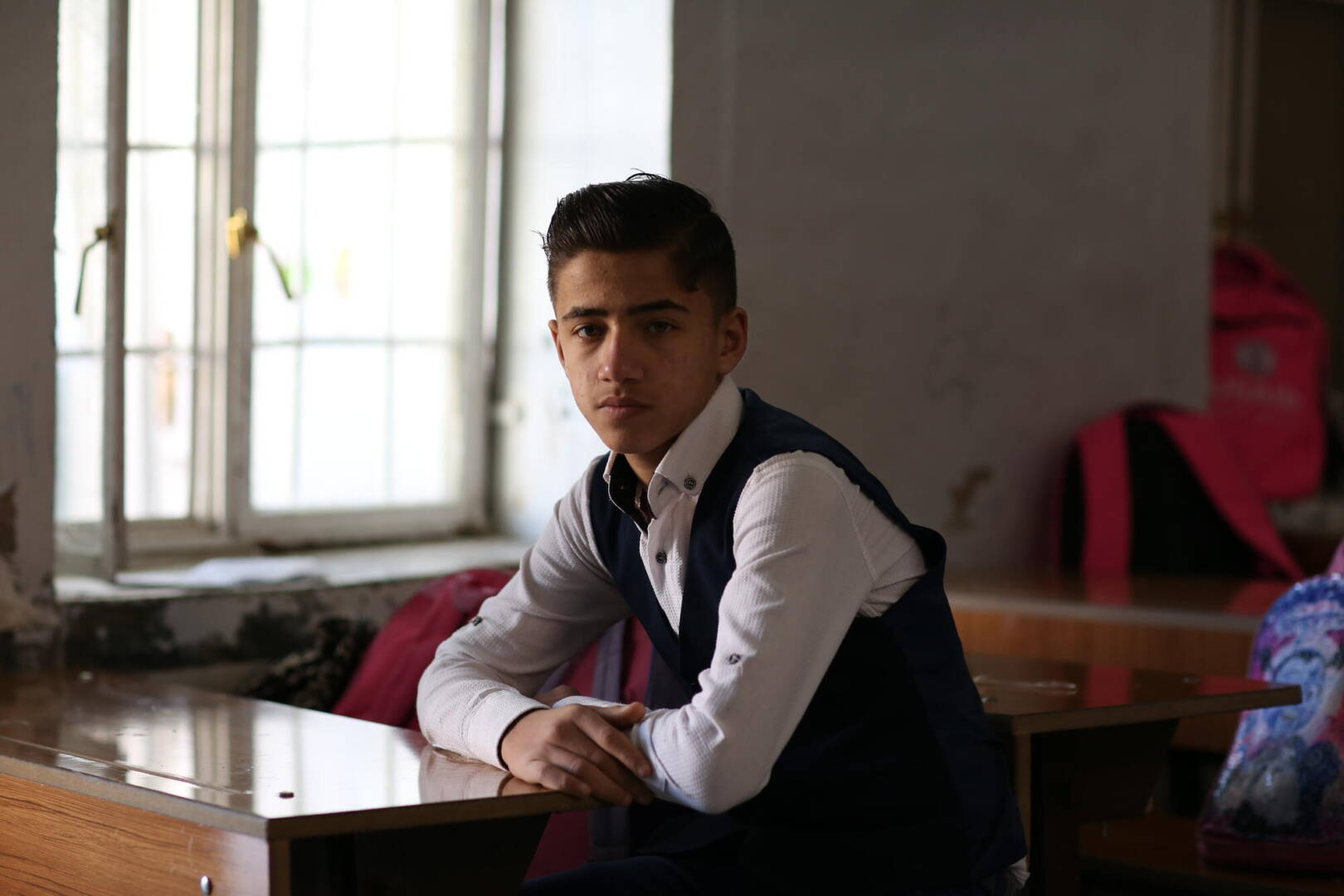
How many people in Iraq remain displaced?
Nearly 1.2 million Iraqis remain internally displaced — and they have yet to recover since the conflict with ISIL ended in 2017. The country also hosts more than 258,000 Syrian refugees. Many of the displaced families — both Iraqis and Syrian refugees — lost everything during the hostilities.
How many displaced people have returned to their communities?
More than 4.9 million people have returned to Iraq since the height of the hostilities. However, the situation is still extremely difficult for many returnees due to ongoing political insecurity and economic instability.
How has the Iraq conflict affected children?
Children and families have suffered from targeted violence as well as indiscriminate attacks. The communities they had built and enjoyed have been destroyed.
Many children were forced to flee with only the clothes they had on. They’re out of school and vulnerable to violence and health issues due to unstable and unhygienic living conditions.
As families who escaped ISIL-occupied Mosul arrived at camps in 2016, World Vision staff members were horrified at the condition of children who had lived through atrocities and sectarian violence, and who carried deep psychological scars.
What are the greatest needs of those displaced in Iraq?
Iraqis and Syrian refugees displaced by conflict need all the basics of life: clean water, food, shelter, hygiene supplies, and household supplies like mattresses and blankets. They also have a range of healthcare challenges — chronic conditions like heart disease and diabetes, plus others caused by poverty, exposure to the elements, and poor living conditions, such as malnutrition, cholera, or diarrhea. Some are recovering from physical injuries caused by bombings or torture.
Individuals who have lived through the horrors of war and persecution need long-term support through programs to help restore psychosocial wellbeing for children, youth, and families.
What is World Vision doing to help?
World Vision’s work in Iraq started in 1990s. Since then, we’ve continued to expand to meet the evolving needs of vulnerable children, families, and communities. World Vision has provided short-term emergency relief in addition to medium- and long-term recovery assistance to help alleviate suffering and help families rebuild their lives.
- April 2003 through September 2004: World Vision staff focused its efforts on rehabilitating schools and rural water and sanitation systems. We also provided medical supplies to clinics and hospitals and supported displaced families with clothing, food, hygiene kits, blankets and mattresses, and cooking sets.
- August 2014: Our staff served more than 1 million people in Iraq with access to clean drinking water, health services, education programs (including assistance to rebuild schools in Mosul and to support teachers), child protection services, food provisions and food vouchers, and cash (for the most urgent needs).
- January 2018: World Vision registered with the government of Iraq to expand operations to reach people in areas of the country formerly controlled by ISIL in northern Iraq.
We’re committed to serving families in Iraq as the nation enters a post-conflict period of recovery. Our ongoing programs have supported families through life-skills training and apprenticeships for youth, livelihoods training, and agriculture assistance.
Between October 2020 and December 2021, World Vision staff focused efforts on food aid, water and sanitation systems, and livelihoods. Our programs have helped 282,425 people get access to life-saving food and health resources, educational support, and livelihoods training.
In 2021, World Vision partnered with Procter & Gamble to distribute more than 4 million water purification packets to over 51,000 people. As a result, their families — who rely on water from polluted rivers and streams — were able to access clean drinking water.
How can I help Iraqis and Syrians in need?
You can help bring hope and healing to people displaced by violence in Iraq:
- Pray for children, families, and humanitarian aid staff who are working to recover and rebuild in Iraq.
- Give to World Vision’s Refugee Children’s Crisis Fund to help meet the most urgent needs of Iraqi and Syrian children.
Timeline of the Iraq conflict
The current humanitarian crisis in Iraq began when militants attacked Christians and ethnic minorities. However, Iraq has suffered from decades of conflict with other nations and internal conflict among different ethnic and religious groups.
2014 — Insurgents attack
- June to September: Militants seize Mosul, Iraq’s second-largest city, and other key areas. Minorities are targeted for atrocities and flee to the Kurdistan Region of Iraq, a semi-autonomous region in the country’s north.
2015 — Iraq makes strides against militants
- Iraqi forces and allies fight to restore government control, targeting Anbar province and Ramadi.
2016 — Iraq consolidates territorial gains
- February: The last of the militants are expelled from Ramadi. As security improves, some families look to return home and rebuild communities.
- October: The military operation to seize Mosul from ISIL begins.
2017 to 2019 — Fragile control is re-established
- July 2017: The Iraqi government declares that Mosul has been retaken. The city is in ruins and strewn with mines and munitions.
- 2018: The U.N.’s Office for the Coordination of Humanitarian Affairs (OCHA) estimates that 2 million displaced Iraqis will return to their homes this year. They will need aid to support themselves and rebuild.
- 2019: Hundreds of thousands of internally displaced people return home. As newly elected leaders struggle to form a government, millions are still displaced or in need because of instability and poor living conditions.
- October 2019: Turkish military action in northeast Syria prompts thousands of Kurdish civilians to flee to Iraq.
2020 to present — Rebuilding post-conflict Ira
- April 2021: The government of Iraq publishes its National Plan to End Displacement, calling for a thoughtful and sustainable approach to assisting Iraq’s remaining displaced population.
- Iraq’s economy gradually rebounds from the twin shocks of the COVID-19 pandemic and a drop in oil prices in 2020, according to the World Bank.
Chris Huber and Sevil Omer of World Vision’s staff in the U.S. contributed to this article.
